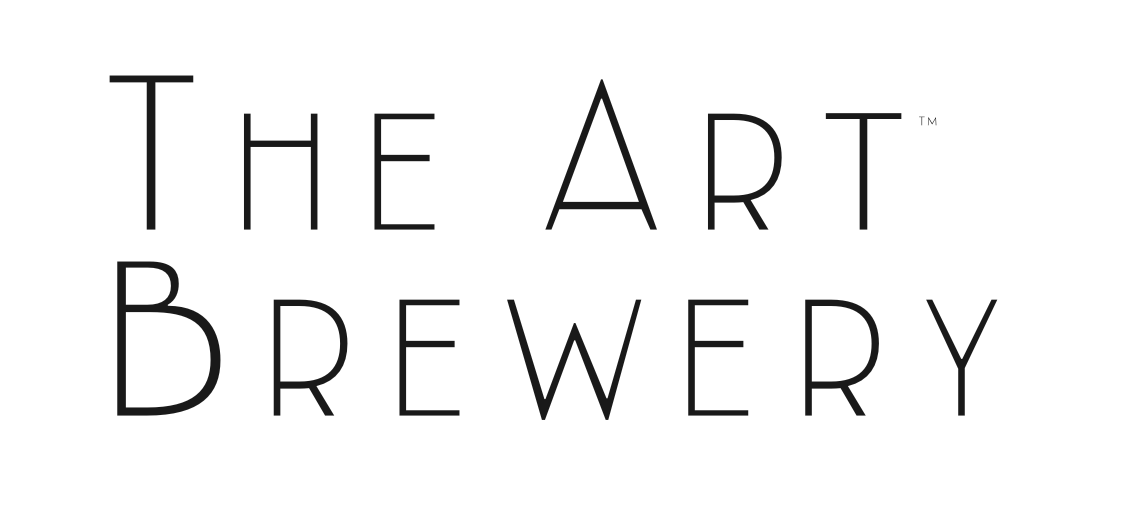
Seeing things differently: The neuroscience of perspective-taking in teams
In every meeting, brainstorm, and strategy session, something invisible is always at play:
We’re not just exchanging ideas—we’re navigating perspectives.
Each person brings a lens shaped by experience, bias, and context. And when teams learn to see through each other’s eyes, something powerful happens: trust deepens, dialogue expands, and solutions become richer.
This isn’t a metaphor. It’s neuroscience.
Why Perspective-Taking Matters in Teams
Perspective-taking—the ability to consider and understand another person’s point of view—is foundational to effective collaboration.
Research shows that perspective-taking enhances interpersonal accuracy, reduces stereotyping, and boosts creativity in diverse teams (Hoever et al., 2012)¹. It helps people feel seen and respected, which in turn fuels psychological safety and innovation.
Neuroscience backs this up: the act of taking another’s perspective activates areas of the brain associated with empathy, emotional regulation, and complex decision-making, including the medial prefrontal cortex (Zaki & Ochsner, 2012)².
In short: seeing differently helps us work better.
The Art of Seeing Differently—Literally
At The Art Brewery, we use a surprising but deeply effective tool to develop perspective-taking in teams: pareidolia.
Pareidolia is the brain’s instinct to find meaning in ambiguity—like seeing faces in clouds or animals in coffee foam. In our Mysteries In Colour™ workshop, participants are shown abstract inkblots and asked a simple question:
“What do you see?”
Each person sees something different. A bird. A mask. A memory. And in that moment, teams begin to experience how vastly perspectives can differ—even when looking at the same image.
There’s no right answer. No hierarchy. Just shared insight.
It’s not just fun—it’s cognitive training. It unlocks curiosity and helps teams explore how perception, bias, and communication shape everyday collaboration.
From Interpretation to Inclusion
This visual experience becomes a metaphor for how we operate at work:
Two people receive the same feedback—but interpret it differently.
One employee hears a strategic plan—and sees risk. Another sees opportunity.
A simple message lands positively for one person—and negatively for another.
When teams understand that everyone sees differently, they learn to ask more questions, assume less, and engage more openly. They begin to:
Uncover blind spots
Create space for dialogue
Build cultures of belonging and psychological safety
This shift is at the heart of inclusive teamwork.
A Shared Experience, Backed by Science
Shared creative experiences are uniquely effective at cultivating empathy and team connection. Studies show that creating together increases emotional synchrony and mutual trust (Shamay-Tsoory et al., 2019)³.
Mysteries In Colour™ is designed to leverage this:
Ambiguity: Each person finds different meaning in the same image
Dialogue: Teams practice listening to understand, not to respond
Reflection: The experience fosters curiosity over certainty
It’s a playful way to build serious capacity for inclusion, collaboration, and innovation.
Perspective-Taking as a Team Practice
This isn’t about agreeing on everything—it’s about being willing to see more.
Perspective-taking allows teams to:
Resolve conflict without defensiveness
Co-create ideas with less bias
Build trust faster, especially in diverse or hybrid teams
And it becomes a habit—not just a moment—when leaders create environments where it’s safe to say:
“Here’s how I see it. What about you?”
Ready to Help Your Team See Differently?
At The Art Brewery, we create immersive experiences that spark conversation, trust, and new ways of seeing—so teams can collaborate with more clarity, empathy, and creativity.
[Book a Free Consultation]
References
Hoever IJ, van Knippenberg D, van Ginkel WP, Barkema HG. Fostering team creativity: Perspective taking as key to unlocking diversity's potential. Organ Behav Hum Decis Process. 2012;118(2):211-223. doi:10.1016/j.obhdp.2012.07.003
Zaki J, Ochsner KN. The neuroscience of empathy: progress, pitfalls and promise. Nat Neurosci. 2012;15(5):675-680. doi:10.1038/nn.3085
Shamay-Tsoory SG, Saporta N, Marton-Alper IZ, Gvirts HZ. Herding brains: A core neural mechanism for social alignment. Trends Cogn Sci. 2019;23(3):174-186. doi:10.1016/j.tics.2019.01.002
